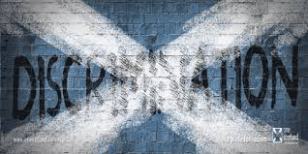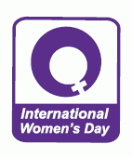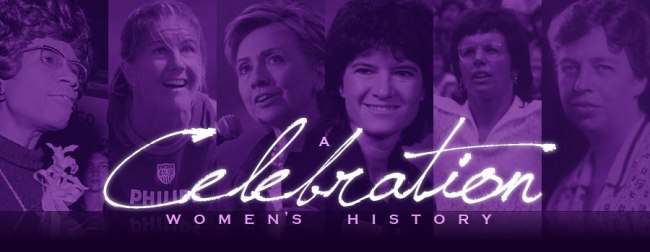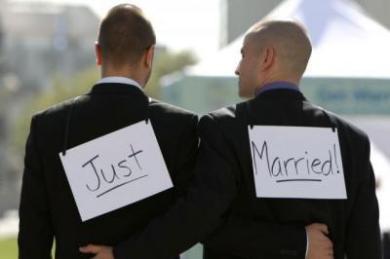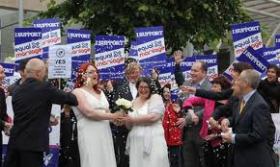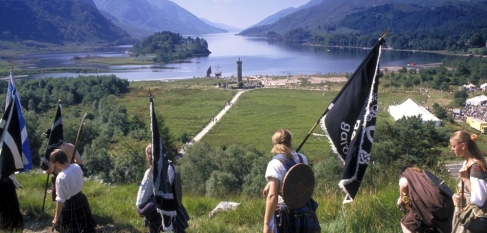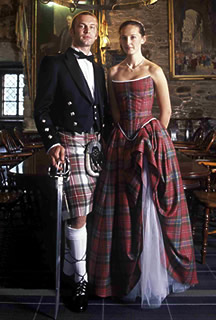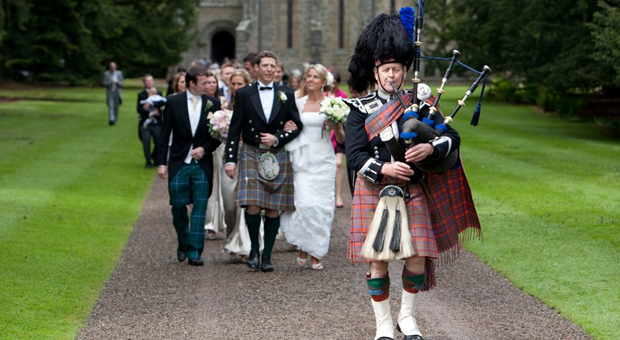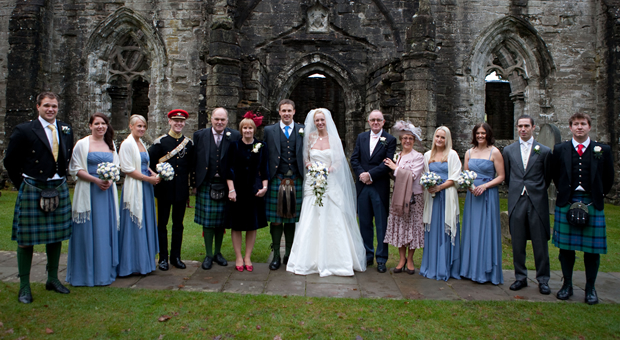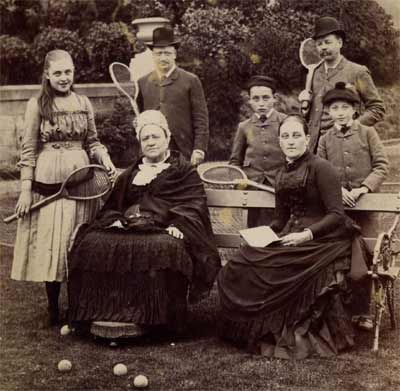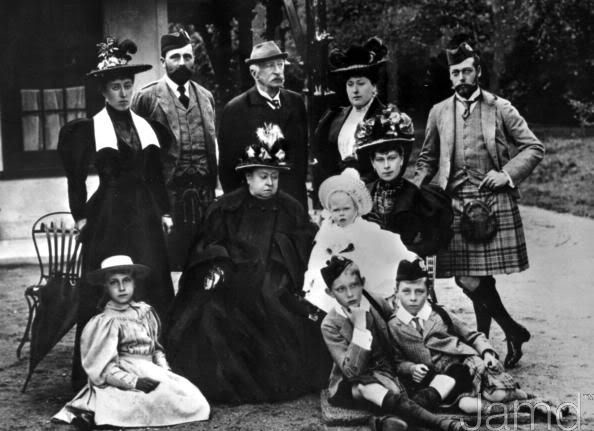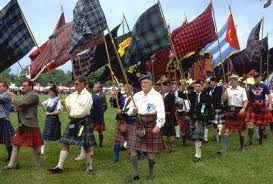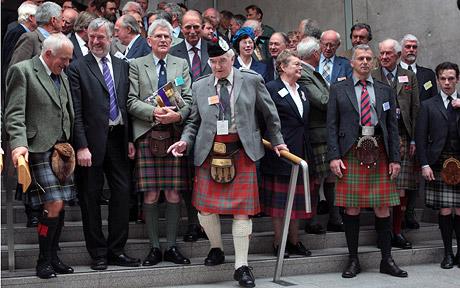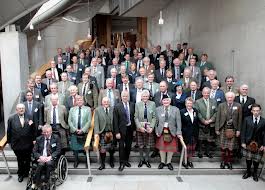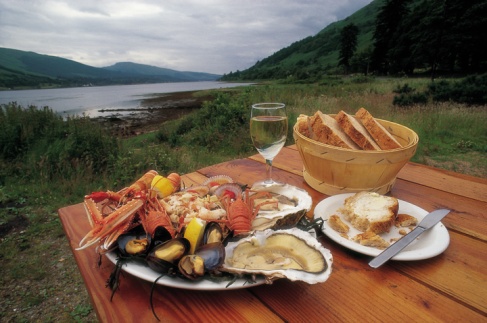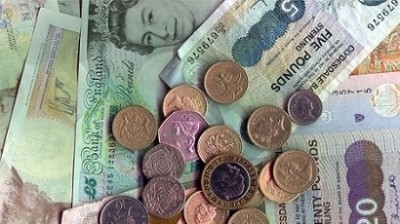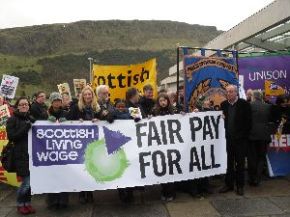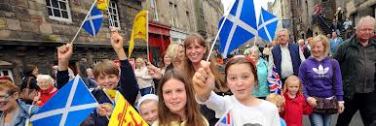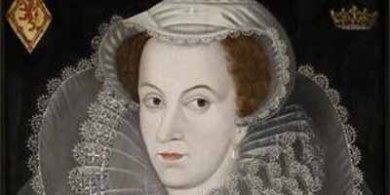
The fascinating history of Scotland and Scottish government
Scotland has a long and fascinating history. Many tales of battles fought are closely linked to a desire to rule a well located country, rich in natural resources.
Scottish history in the making
The first written records of Scottish history date back to the arrival of the Roman Empire in the 1st century AD. The Roman province of Britannia reached as far north as the Antonine Wall, which once ran across central Scotland from the River Clyde to the Firth of Forth. To the north lay the territory of Caledonia, which was ruled by the Picti people.
Frequent battles with the Picts saw the Roman retreat to Hadrian’s Wall – which spanned the north of England from Carlisle in the west to Wallsend in the east. By the 3rd century , the Romans had all but departed the land that is now known as Scotland.
In the 5th century, the north-west of Scotland was raided and settled by Gaels (Scoti), originating from Northern Ireland. They later established the Kingdom of Dalriada in Scotland’s western regions.
In the same period, Angles conquered a territory south of the Antonine Wall to form the Anglo-Saxon kingdom of Bernicia. This later become a part of the northern English kingdom of Northumbria.
At the end of the 8th century, all of Scotland’s kingdoms were overthrown to some extent by marauding Vikings. Numerous defeats by the Norse raiders eventually forced the Picts and Scoti to end their long-held hostility towards each other and unite in the 9th century to form the Kingdom of Scotland.
However, the Scottish battles for power did not end there. In the 12th Century, Anglo-Norman barons, including the Bruce family, laid claim to much of mainland Scotland. In exchange for land, these barons helped King David I to secure his claim to the throne and feudalise much of Scotland.
By the 13th century, Alexander II and his son Alexander III were determined to bring all of the former Norwegian territories in the west of Scotland into their own territories. The Norwegian king, Hakon, sent a massive fleet to Scotland to hold on to his territories. In September 1263, the two forces clashed at the Battle of Largs in Ayrshire.
Three years later, with the conclusion of the Treaty of Perth, Magnus Hakonarson, King of Norway, gave up Scotland’s western seaboard to Alexander III.
Scotland – whose throne passed through the control of the houses of Balliol and Bruce in the following years – had yet to win its freedom. The bloody wars of Scottish independence followed as the Scots tried to throw off the yoke of English influence.
Scottish landowner Sir William Wallace became one of the main battle leaders, defeating an English army at the Battle of Stirling Bridge in 1297.
Wallace served as Guardian of Scotland until his defeat at the Battle of Falkirk.
In 1305, he was captured in Robroyston, near Glasgow, and handed over to King Edward I of England, who had him hanged, drawn and quartered for high treason. In 1314, Robert Bruce inflicted a significant defeat on the English at the Battle of Bannockburn. However, the conflicts continued for centuries.
In 1603, after the death of Elizabeth I of England, James VI of Scotland succeeded to the English throne as James I. In 1707, the Acts of Union formally united Scotland with England and Wales as Great Britain.
During the Scottish Enlightenment and Industrial Revolution, Scotland became one of the commercial, intellectual and industrial powerhouses of Europe.
The country’s industrial decline following the Second World War was particularly acute but in recent decades Scotland has enjoyed a cultural and economic renaissance, fuelled in part by a resurgent financial services sector, the proceeds of North Sea oil and gas and, latterly, a devolved Parliament.
Source: http://www.scotland.org/about-scotland/scottish-history
